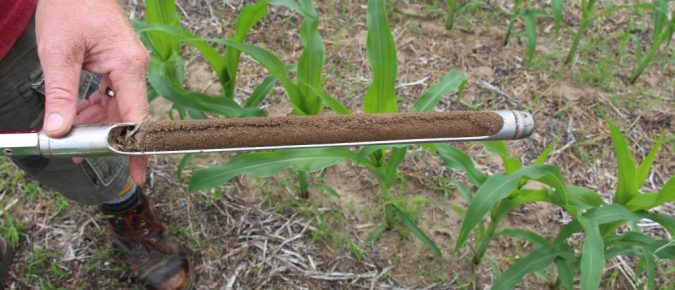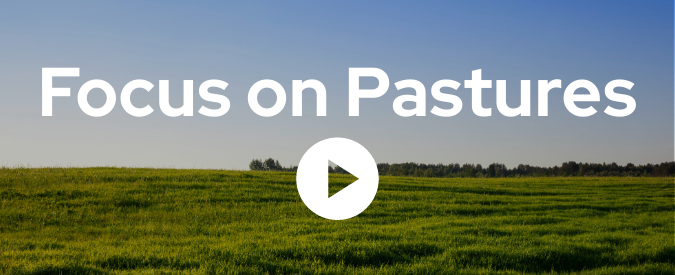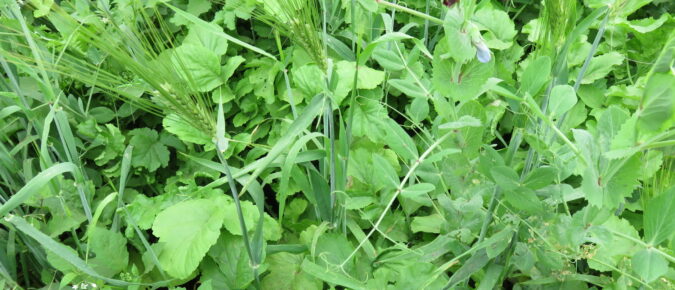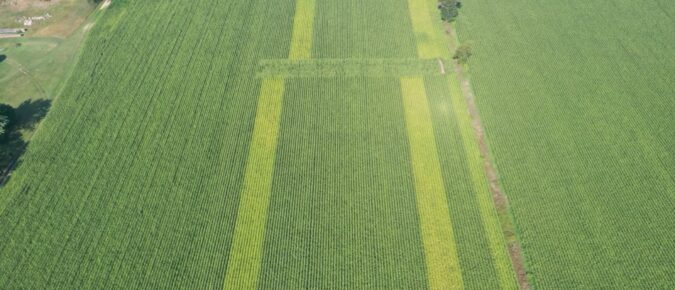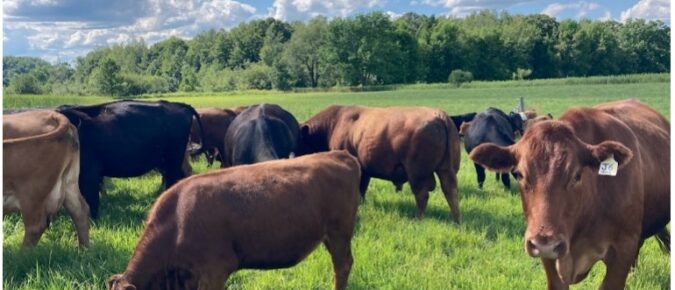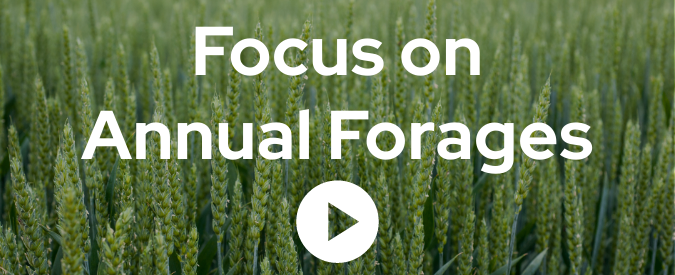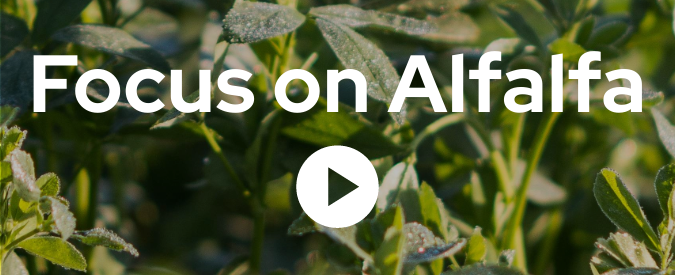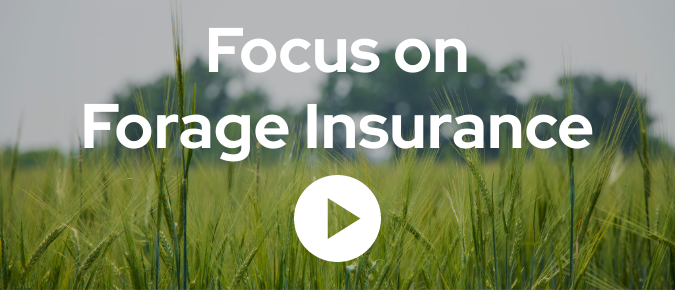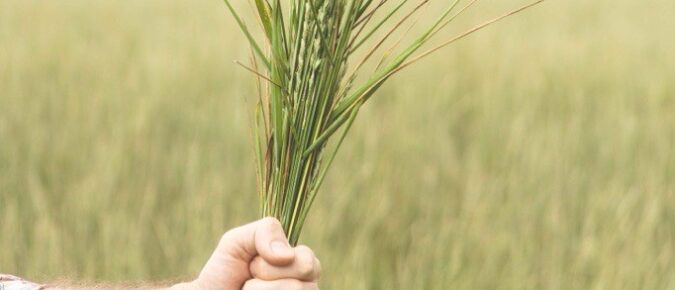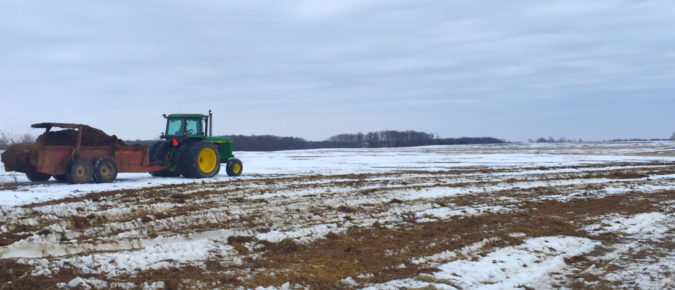Articles
Field Notes Episode 17: Notes on Using the Haney Test in Wisconsin
Heard about the Haney test and want to learn more about how it might be used in Wisconsin? Listen in while we chat with leading UW researchers and outreach specialists Chris Bandura, John Jones, and Andrew Stammer on this topic. We dive in deep discussing how the Haney test can be used practically on-farm, how it calculates fertility recommendations differently than other soil tests, and what that means for Wisconsin cropping systems.
▶ Watch: Focus on Pastures
The fourth Focus on Forage webinar in the 2024 series, Focus on Pastures, features research-based pasture establishment and management recommendations and resources to keep pastures productive throughout the 2024 growing season.
Herbicide Rotational Restrictions for Cover and Forage Cropping Systems
This publication provides a starting point of reference when considering using cover crops following herbicides in the cropping system. It outlines rotational intervals for many commonly used herbicides in Wisconsin. However, it is important to note that this article does not replace the information provided on herbicide labels. What is a rotational interval? The rotational […]
Biological Nitrogen Fixation in Corn: Wisconsin Trial Results
Interest in biological products that aim to provide nitrogen to nonlegume crops by fixing atmospheric nitrogen for non-legume grain crops has increased in recent years. University of Wisconsin–Madison conducted field trials to examine if a popular gene-edited asymbiotic nitrogen fixer bacterial product, PROVEN 40, affected corn grain yield or corn grain yield response to nitrogen fertilizer.
Calculating carrying capacity of a grazing system
Also commonly referred to as “stocking rate,” carrying capacity is the number of animals a parcel of land can support by providing adequate feed and retaining and recycling the nutrients they produce. In grazing systems, where livestock harvest their own feed and spread their own manure, carrying capacity is foundational to a long grazing season that results in healthy animals, healthy pastures, and a healthy ecosystem.
▶ Watch: Focus on Annual Forages
The third Focus on Forage webinar in the 2024 series, Focus on Annual Forages, features discussions around annual forage crops for Wisconsin farms, the nutritive value of and strategies around feeding annual forages on dairy farms, the nitrogen demand of cereal forages, and nitrogen carryover and rate planning considerations for 2024.
▶ Watch: Focus on Alfalfa
The recordings from the second Focus on Forage webinar in the 2024 series, Focus on Alfalfa, feature Scott Newell, Dr. Kim Cassida, Dr. Mark Renz, and Dr. Emily Bick.
▶ Watch: Focus on Forage Insurance
The recordings of the first Focus on Forage webinar in the 2024 series, Focus on Forage Insurance, featuring Pamela Stahlke and Dr. Paul Mitchell.
Field Notes Episode 16: Specialty Grain Markets
Breaking outside that box and finding alternative grain markets can yield dividends in price premiums and extended crop rotations enhancing farm resilience to drops in commodity prices and other external shocks. We talk with Willie Hughes, an organic and conventional grain farmer in Rock County, and Alyssa Hartman of the Artisan Grain Collaborative about how they navigate finding, complying with and knitting together these differentiated markets.
Save money and get cleaner water by correctly utilizing manure
A common misconception about livestock manure is that it is simply a waste product of the farm. However, manure is rich in many nutrients and is a valuable resource when applied back onto fields that can benefit from manure application. Research has demonstrated positive impacts to soil quality/health, crop production, and overall farm management when manure is managed effectively.

